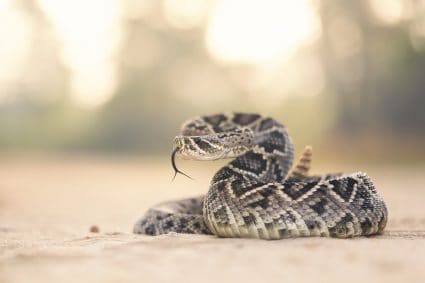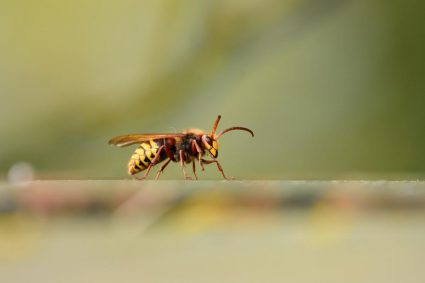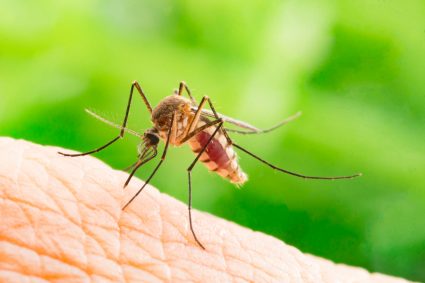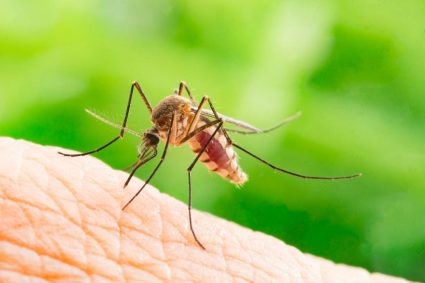
Bee repellent plants, as the name suggests, are plants that deter bees and wasps from your garden or yard due to their scent, taste, or other characteristics. These plants can be an effective and eco-friendly solution to keep bees and wasps at bay without posing any hazard to children or pets. However, it’s essential to remember that bees are crucial pollinators, and their presence is generally beneficial for the environment.
Bee repellent plants are plants that deter bees and wasps from your garden due to their scent, taste, or other characteristics. Some of the most effective ones include citronella, red geraniums, marigolds, mint, and wormwood. These plants are a natural and eco-friendly way to keep bees and wasps at bay. However, their use should be balanced with the need to preserve beneficial pollinators in the environment.
Top Five Bee Repellent Plants
Several plants are known for their bee-repelling properties. Here are the top five most effective ones:
- Citronella: Known for its ability to deter mosquitoes, citronella also repels bees and wasps with its offensive smell. It is often found in commercial insect repellents, candles, and lotions.
- Geraniums: Particularly red geraniums, these flowers are difficult for bees to detect and have little or no pollen, which makes them unattractive to bees.
- Marigolds: While they may attract some honeybees, wasps find marigolds unattractive due to their smell.
- Mint: This plant has a strong scent that bees find unpleasant.
- Wormwood: Wormwood’s pungent, sage-like scent makes it unappealing to bees and wasps.
Incorporating Bee Repellent Plants into Your Garden
To maximize the bee-repelling capabilities of certain plants in your garden or outdoor space, you can:
- Plant bee-repellent plants in clusters
- Use color-blocking
- Incorporate plants with less pollen
- Plant flowers with complex shapes
- Avoid using pesticides
- Provide alternative sources of water
- Create a bee-friendly area away from your main garden
Risks and Downsides
While bee repellent plants can help deter bees and wasps from your garden, they may also have unintended consequences on pollinators and the environment. Some risks include removal of important floral resources, impact on reproduction, navigation, and memory of pollinators, pesticide contamination, indirect harm to pollinators, and loss of habitat.
Repelling Other Insects
Some bee repellent plants can also repel other types of insects or pests. For instance, basil repels flies and mosquitoes, lavender repels fleas and moths, and marigolds repel mosquitoes and nematodes.
Caring for Bee Repellent Plants
Each plant species has its unique care requirements, including light, water, soil, temperature and humidity, fertilizer, pest and disease control, pruning and grooming, and repotting.
Acquiring Bee Repellent Plants
You can acquire these plants from various sources, both online and in-store. When purchasing plants, consider factors like plant health, light requirements, care level, size and growth habit, and pet safety.
Effectiveness of Bee Repellent Plants
Bee repellent plants can be effective in deterring bees and wasps from specific areas. However, their effectiveness may vary depending on factors such as bee species, environmental conditions, and the presence of other attractive scents in the area.
Conclusion
Using bee repellent plants in your garden can be a sustainable and environmentally friendly solution to keep bees and wasps away. However, it’s crucial to use these plants responsibly to avoid disrupting the balance of your garden ecosystem and causing harm to beneficial pollinators.
Frequently Asked Questions
What other plants repel bees and wasps?
Other plants that can repel bees and wasps include Eucalyptus, Cucumber, and Pitcher Plants.
Can I use bee repellent plants in my home?
Yes, you can use bee repellent plants in your home. However, it’s essential to ensure the plants receive the necessary care and conditions to thrive, such as adequate sunlight and water.
Do bee repellent plants harm bees?
Bee repellent plants do not harm bees directly. They simply deter bees and wasps from the area because of their scent, taste, or other characteristics. However, overuse of these plants could potentially lead to a decrease in pollination.
Can bee repellent plants deter other insects?
Yes, some bee repellent plants can deter other insects. For example, citronella is known to repel mosquitoes, and marigolds can repel mosquitoes and nematodes.
How long does it take for bee repellent plants to start working?
Bee repellent plants start working as soon as they are mature and producing the scents or characteristics that deter bees. This can vary depending on the specific plant and its growth rate.
Are there any other natural ways to repel bees and wasps?
Yes, there are other natural ways to repel bees and wasps. These include using essential oils like peppermint and citrus, maintaining a clean yard free of food and sweet drinks, and sealing off entrances to bee and wasp nests.











